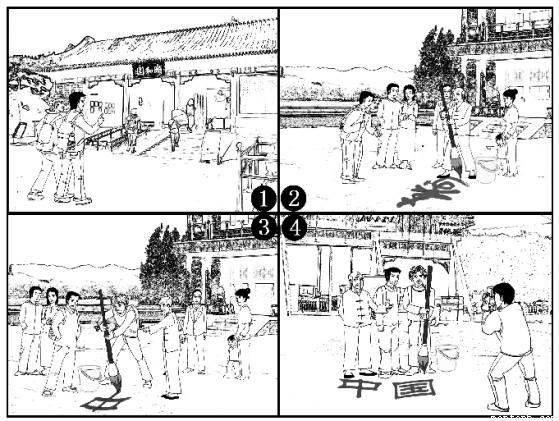题目内容
假设你是红星中学高三学生李华。请根据以下四幅图的先后顺序,给校刊“英语园地”写一
篇短文,介绍上周你与外国朋友Tom 在颐和园的经历。
注意:词数不少于60。
提示词:毛笔a writing brush

(请务必将作文写在答题卡指定区域内)
练习册系列答案
相关题目
题目内容
假设你是红星中学高三学生李华。请根据以下四幅图的先后顺序,给校刊“英语园地”写一
篇短文,介绍上周你与外国朋友Tom 在颐和园的经历。
注意:词数不少于60。
提示词:毛笔a writing brush

(请务必将作文写在答题卡指定区域内)